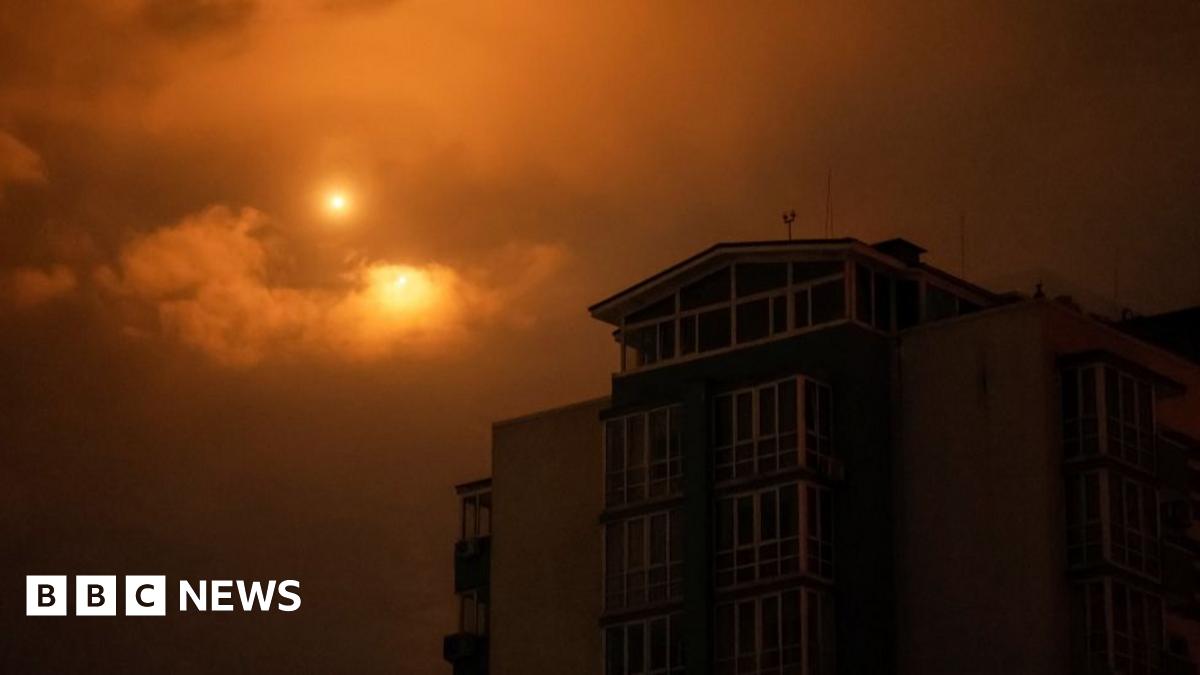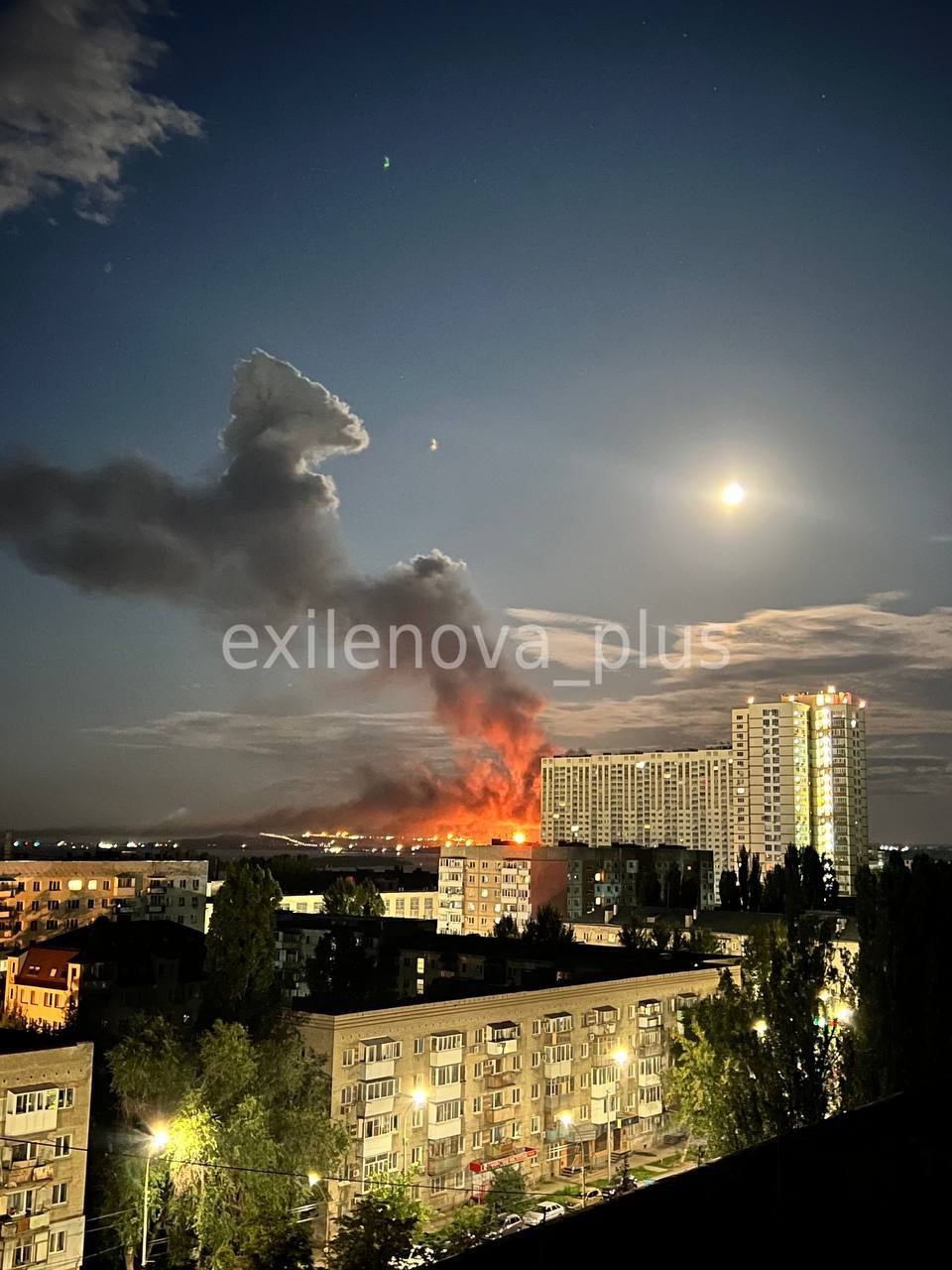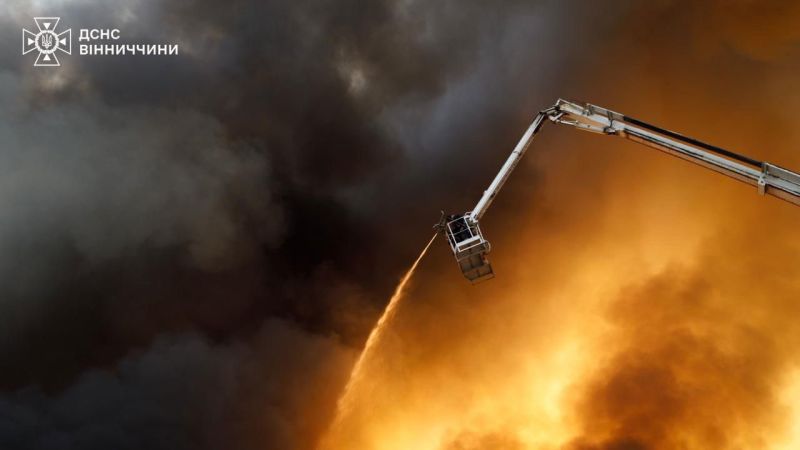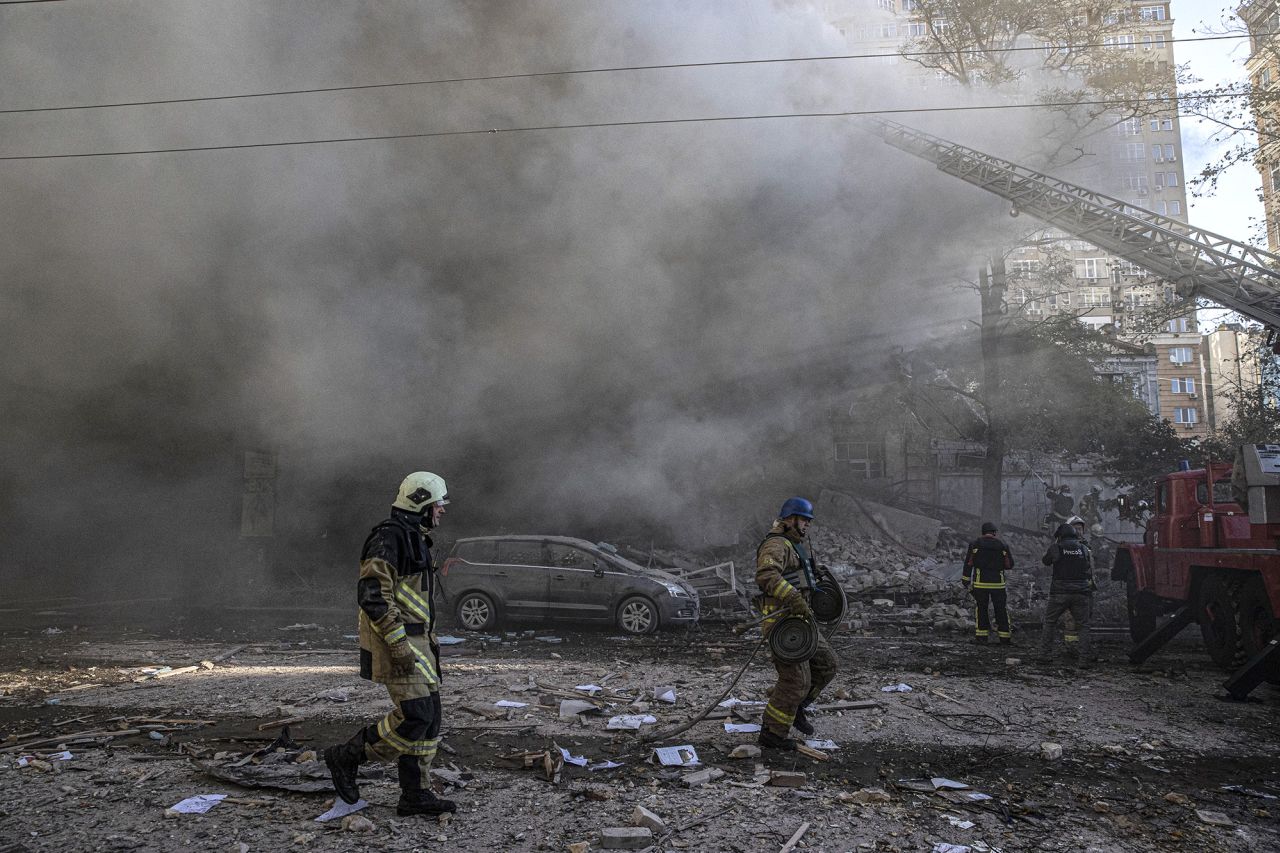Increasing Drone Use in Modern Warfare Raises Concerns
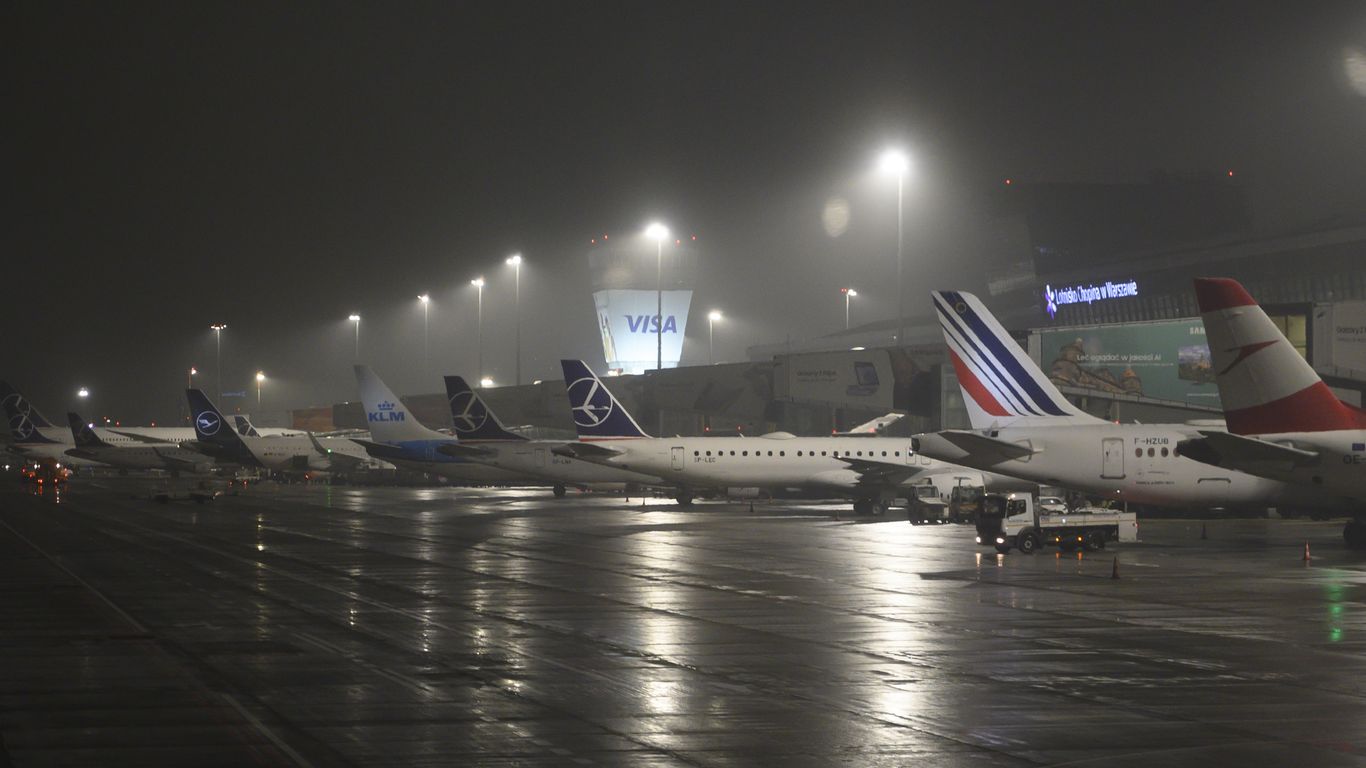
Introduction
The recent tensions between NATO member Poland and Russia have escalated even further as Poland's military announced that it had shot down several Russian drones in its airspace. This comes as several airports were forced to close due to the repeated violation of Poland's airspace by Russian drones during the ongoing conflict in Ukraine.
Key Details
According to Poland's military, the Russian drones were being used to gather intelligence and conduct attacks on Ukrainian forces. This is not the first time that Poland has reported Russian drones in its airspace, with previous incidents occurring in 2019 and 2020. The recent incident has led to heightened security measures and tensions between the two countries, as Poland accuses Russia of violating its sovereignty.
Impact
The increasing use of drones in modern warfare has raised concerns over the potential for conflict escalation and the need for stricter regulations and protocols. The incident has also highlighted the vulnerability of countries to aerial attacks and the need for advanced defense systems. It remains to be seen how this incident will affect the already strained relationship between Poland and Russia and the ongoing conflict in Ukraine.
About the Organizations Mentioned
NATO
The **North Atlantic Treaty Organization (NATO)** is a transatlantic military alliance founded in 1949 to secure peace in Europe and protect democratic nations from Soviet aggression. It began with 12 founding members and has expanded to include 32 countries across North America and Europe as of 2025, including recent additions Finland (2023) and Sweden (2024)[1][3]. NATO's core principle is collective defense, meaning an attack against one ally is considered an attack against all, enshrined in Article 5 of its founding treaty[3]. Originally established as a Cold War bulwark, NATO has evolved beyond its initial Euro-Atlantic focus, engaging in missions worldwide, such as in Afghanistan and Libya[1]. The alliance remains central to U.S.-Europe military cooperation and has adapted to new security challenges, particularly Russia’s 2022 invasion of Ukraine, which has significantly reshaped NATO’s priorities. This aggression has spurred increased defense spending, stronger collective deterrence efforts, and accelerated Ukraine’s path toward potential membership[1][4]. In June 2025, NATO held its first summit in the Netherlands, where leaders agreed on raising defense spending targets to 5% of GDP—split between 3.5% for core defense and 1.5% for related security costs, including support for Ukraine. This marked a historic commitment to bolster the alliance’s military capabilities amid evolving global threats. The summit also emphasized eliminating defense trade barriers and reaffirmed the ironclad commitment to collective defense[2][5]. NATO’s ongoing significance lies in its role as a strategic security platform fostering cooperation among member states, responding to geopolitical instability, and adapting to emerging threats like terrorism and cyber warfare[4]. Its "open door" policy continues to invite eligible European democracies to join, reinforcing its mission to safeguard peace, democracy, and shared technological and defense innovations across allied nations[1][4].
Polish Military
The **Polish Military**, formally known as the Polish Armed Forces (Siły Zbrojne Rzeczypospolitej Polskiej), is a comprehensive defense organization tasked with safeguarding Poland’s sovereignty and contributing to NATO collective security. It consists of five main branches: the Land Forces, Air Force, Navy, Special Forces, and Territorial Defence Force, supported by military infrastructure and logistics units[1][2][4]. Established in 1918 and modernized significantly since 1990, the Polish Military has a rich history rooted in national defense and resilience. Recently, Poland has embarked on an ambitious expansion and modernization program, driven by geopolitical tensions in Eastern Europe and the ongoing war in neighboring Ukraine. The force has more than doubled in size since 2014, reaching approximately 216,000 active personnel in 2025, making it the third largest military in NATO after the United States and Turkey[2][5]. Key achievements include the rapid growth of personnel and the acquisition of advanced military hardware. Poland is investing heavily to reach a defense budget of 4.7% of GDP, the highest among NATO members, equating to about $35 billion in 2025. This funding supports modernization across all branches, including a planned fleet of around 1,100 main battle tanks—combining domestic PT-91 Twardy models with German Leopard 2A5, U.S. Abrams, and South Korean K2 tanks—and advanced artillery, air defense systems, and mechanized infantry units[1][5]. Current initiatives focus on expanding the Land Forces with new divisions such as the 8th Infantry Division, enhancing Territorial Defence with 20 brigades, and improving interoperability with NATO forces through updated command and control systems. Poland also hosts approximately 16,000 allied troops, underscoring its strategic role in European defense[3][5]. Notably, Poland’s military-industrial base is growing, producing indigenous equipmen
